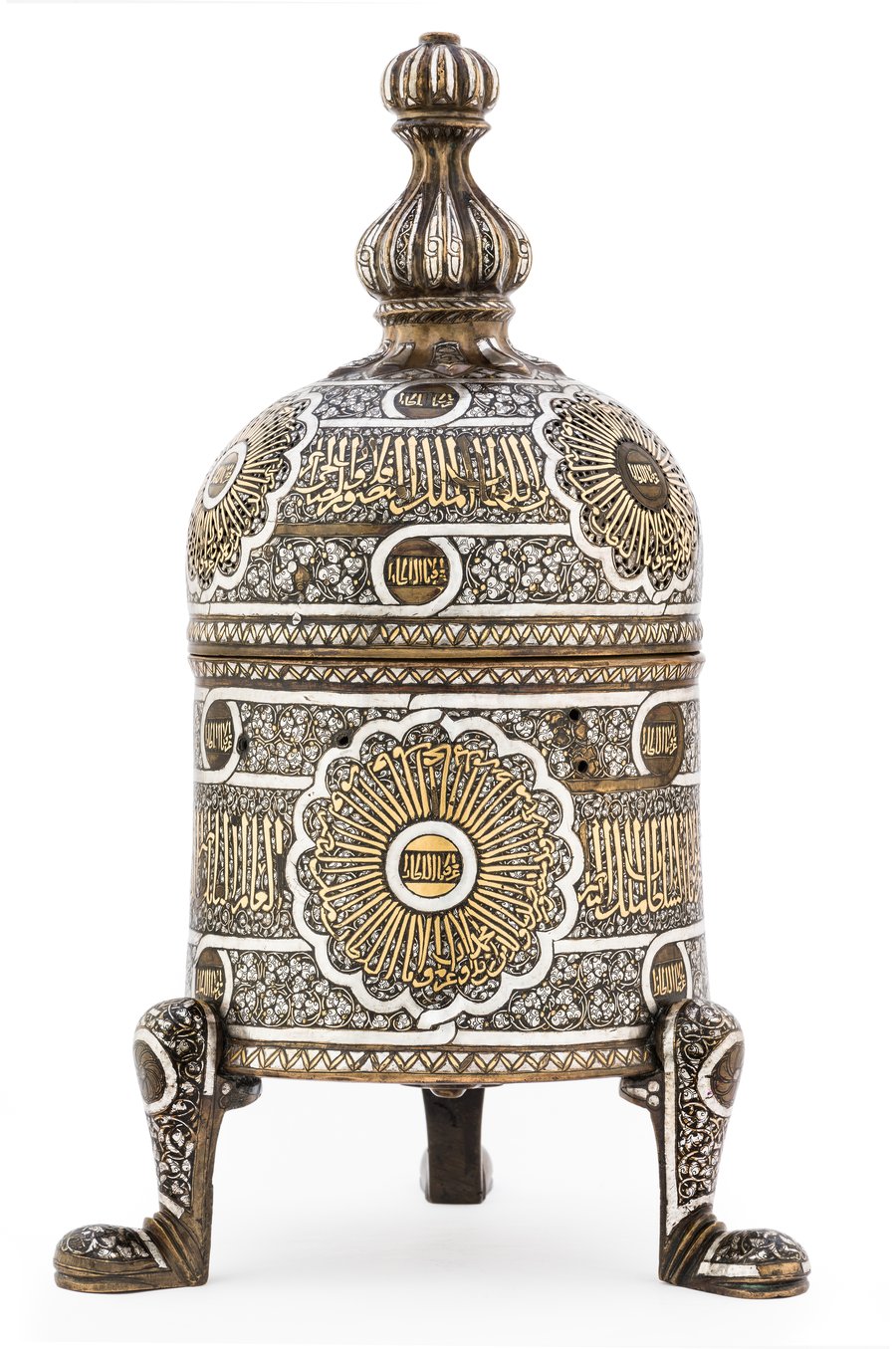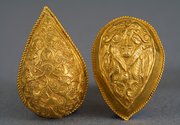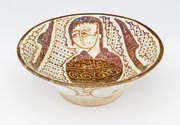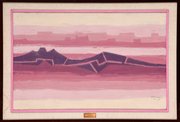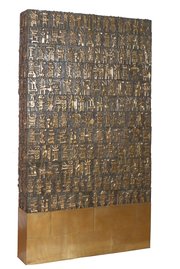
Mamluk Incense Burner
Museum of Islamic Art
- Title:
- Mamluk Incense Burner
- Patron:
- Sultan al-Nasir Muhammad bin Qala'un
- Production place:
- Egypt
- Date:
- 1294 - 1340
- Period:
- Mamluk
- Title:
- Mamluk Incense Burner
- Patron:
- Sultan al-Nasir Muhammad bin Qala'un
- Production place:
- Egypt
- Date:
- 1294 - 1340
- Period:
- Mamluk
- Material:
- Brass, Gold, Silver, Black compound, Solder
- Technique:
- Hammering, Casting, Engraving, Inlaying, Chasing, Embossing, Piercing, Soldering
- Dimensions:
- 36.5
- Diameter:
- 16.5
This incense burner is formed from beaten brass and inlaid with gold and silver. It is cylindrical in shape, standing on three stylised anthropomorphic legs with a domed pierced lid terminating in a knopped finial. Both the centres of the dome and body are decorated with a gold naskhi inscription band, interspersed by lobed epigraphic medallions set against a background of silver inlaid vegetable arabesques and tripartite roundels containing inscriptions. This incense burner is decorated with the names and titles of its owner, the Mamluk Sultan al-Nasir Muhammad bin Qalawun (r. 693-741 AH/ r. 1294-1341 CE, with interruptions). Yet the most striking decorative feature used on this object is the Arabic script, which forms a circle radiating outwards like rays of the sun. This feature was invented for al-Nasir during his rule, and equates him with that celestial body while glorifying his rule. The decoration on the base, the lotuses and the star in the incense burner tray all serve to reinforce this solar symbolism. This incense burner demonstrates the height of medieval Islamic inlaid metalwork and was probably not used for burning incense. Rather, it almost certainly was designed to hold candles, probably in the shape of a ball, that were perfumed with ambergris, aloes wood or other luxurious perfumes.
